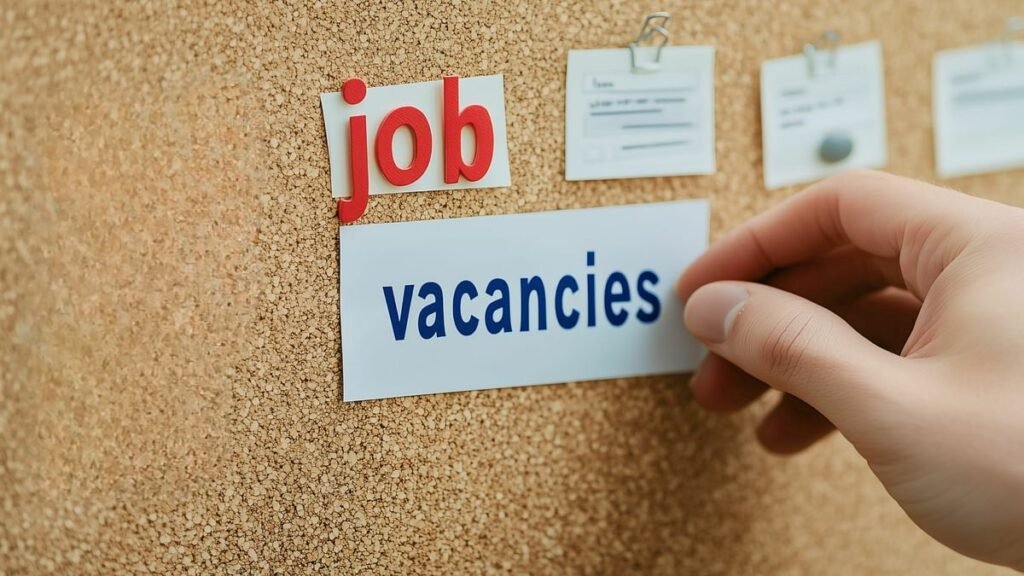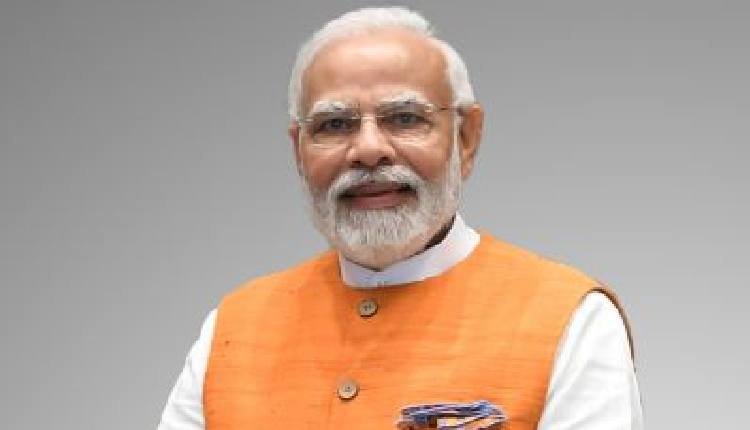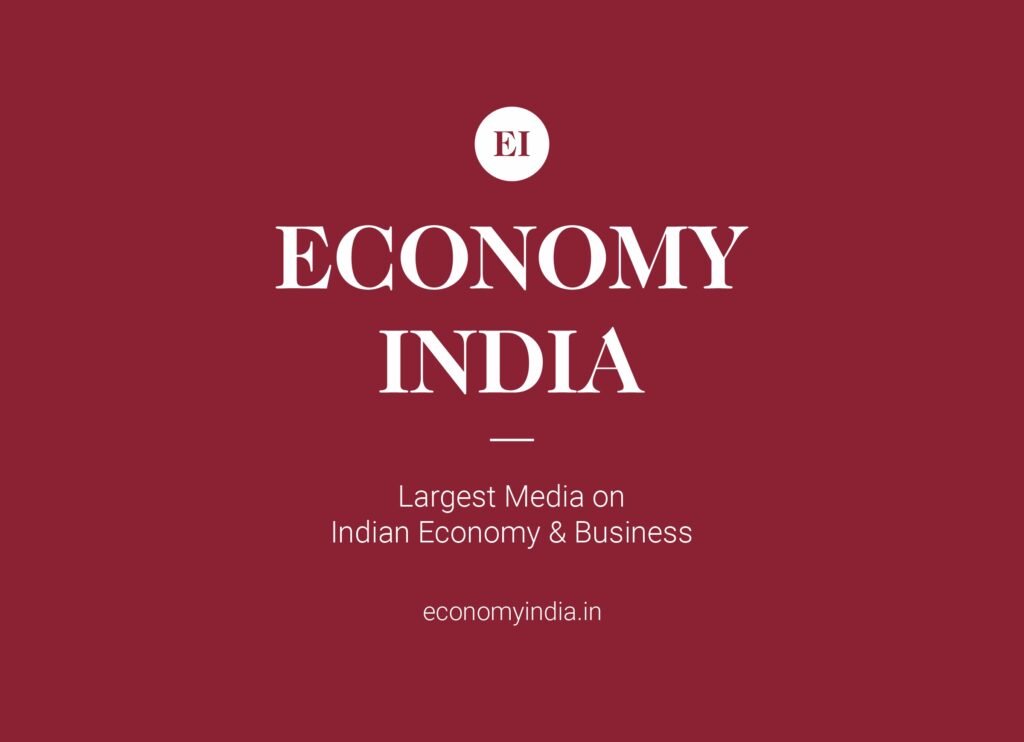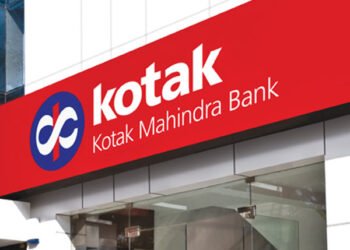The Modi government’s ambitious new employment-linked incentive scheme aims to formalize the workforce, support industry, and create millions of jobs by 2027
New Delhi (EconomyIndia) : The Government of India has officially announced the rollout of the Pradhan Mantri Viksit Bharat Rozgar Yojana (PM-VBREY) from August 1, 2025, setting an ambitious goal of creating 3.5 crore formal employment opportunities within a span of two years.
The announcement was made by the Ministry of Labour and Employment following a Union Cabinet approval chaired by Prime Minister Narendra Modi. The move is seen as a crucial push to accelerate employment generation, especially at a time when global uncertainties and technological shifts are reshaping job markets.

🌐 Vision Behind PM-VBREY
The scheme embodies the government’s goal of building a “Viksit Bharat” (Developed India) by 2047. PM-VBREY is designed not just to increase employment but also to:
- Promote formalization of jobs in India’s vast unorganized sector
- Encourage youth participation in industry and services
- Support female employment across semi-urban and rural belts
- Strengthen micro, small and medium enterprises (MSMEs) through subsidized hiring
📌 Key Features of PM-VBREY
| Feature | Description |
|---|---|
| Launch Date | August 1, 2025 |
| Target | 3.5 crore formal jobs by July 2027 |
| Coverage | PAN-India; priority to Tier 2 and Tier 3 cities |
| Target Beneficiaries | Youth aged 18–35, women, SC/ST/OBC candidates, semi-skilled workers |
| Incentives | Wage subsidies and government-paid EPFO contributions for new hires |
| Duration of Benefits | Up to 2 years for eligible employees |
| Sectors Included | Manufacturing, Textiles, Construction, IT, Retail, Logistics, MSMEs, Healthcare |
🎯 Implementation Model
PM-VBREY will work on a direct-benefit transfer (DBT) model with incentives routed through the EPFO (Employees’ Provident Fund Organization) and ESIC (Employees’ State Insurance Corporation) systems.
Employers hiring eligible workers on or after August 1 will receive financial incentives in the form of:
- Government share of EPF contributions (both employer and employee) for each eligible employee
- Additional benefits for hiring women, persons with disabilities, or candidates from disadvantaged communities
- Increased support for units in low-income or aspirational districts
To ensure transparency and accountability, a dedicated national portal will be launched where employers must register new employees and track their subsidy claims.
🧩 Eligibility Conditions
Employers:
- Must be registered with EPFO and GST
- Should not reduce existing workforce to claim benefits
- Must comply with minimum wage, labor law, and social security norms
Employees:
- Must have joined after 1st August 2025
- Monthly wage up to ₹25,000
- Should not be part of any EPFO-covered job before April 2025

🏗️ Expected Impact
The government expects the scheme to generate 1.5 crore jobs in the first year alone, with special focus on MSMEs and labor-intensive industries.
According to Labour Ministry estimates:
- Female workforce participation may rise by 7–10%
- EPFO membership could surpass 15 crore by 2027
- Informal sector may shrink from 77% to below 65% by 2027
- Rural employment share in formal economy could double
🗣️ Official Statements
In a press briefing, a senior official from the Labour Ministry said:
“PM-VBREY is more than a job scheme. It’s a blueprint for India’s inclusive, formal, and skill-based growth journey. It will empower our youth, encourage women’s participation, and strengthen the industries that drive India’s growth engine.”
🧾 Budgetary Allocation & Funding
The scheme is expected to receive an initial allocation of ₹22,000 crore for the first year. The total outlay for the two-year period is projected to be ₹46,000 crore, which includes:
- Wage subsidies
- IT systems integration
- Monitoring and auditing infrastructure
💬 Industry Reactions
Leaders from the Confederation of Indian Industry (CII) and FICCI have welcomed the move, stating it will ease hiring costs and help stabilize workforce churn in sectors like textiles, logistics, e-commerce, and real estate.
🔍 Comparison with ABRY
PM-VBREY is considered a successor to the Atmanirbhar Bharat Rozgar Yojana (ABRY), launched during the COVID-19 period. While ABRY helped create nearly 60 lakh jobs, PM-VBREY comes with:
- Broader sectoral coverage
- Larger financial incentives
- Advanced monitoring with AI-based tracking
- More aggressive job creation targets
📲 Digital Monitoring & Transparency
The scheme will feature:
- A centralized dashboard for live tracking of registrations, disbursals, and job growth
- Biometric verification of beneficiaries to avoid duplication
- Real-time compliance checks using Aadhaar and PAN-linked systems

📈 Strategic Importance
With India’s workforce expected to cross 65 crore by 2030, and nearly 1 crore youth entering the job market every year, schemes like PM-VBREY are essential for managing demographic dividends.
It also complements other flagship programs like:
- Skill India Mission
- Digital India
- Make in India
- Startup India
(Economy India)




